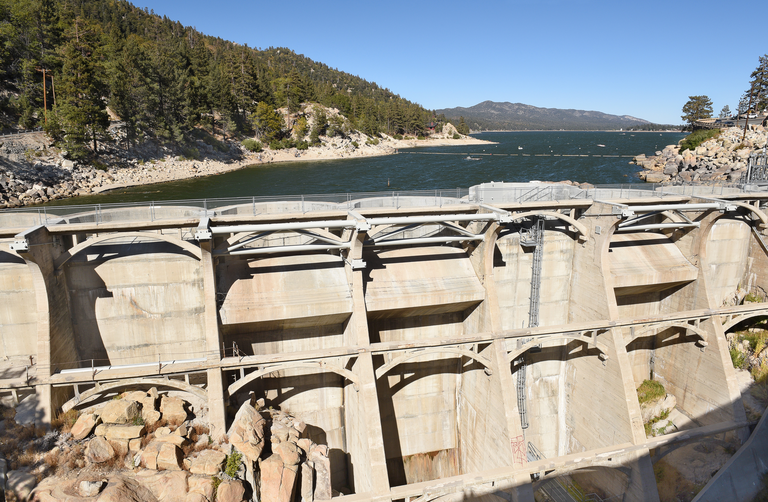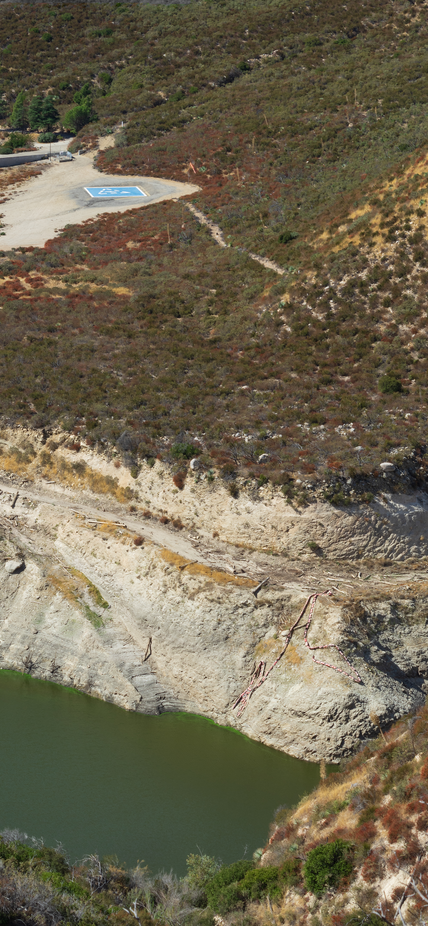Washington, DC— Water storage is an important component of plans for adapting the agricultural system to water scarcity as the climate changes, according to new research from Carnegie‘s Lorenzo Rosa and two Stanford University colleagues that will be published this week in Proceedings of the National Academy of Sciences. But their work indicates that water storage approaches will require us to think beyond big dams to truly tackle global food insecurity.
As climate change alters precipitation patterns, shifting environmental conditions will affect farming just as rapid population growth will require global food production to double. Climate change will also reshape the agricultural map. Some regions will be well suited for expanding sustainable irrigation programs in a warming world while others will require the storage and transfer of water between wet and dry seasons.
Rosa had previously shown that sustainable irrigation could feed more than a billion additional people without converting natural spaces into farmland, which would exacerbate climate change and destroy natural habitats. However, this strategy requires ample water storage capabilities.
With lead author Rafael Schmitt and co-author Gretchen Daily, both of Stanford, Rosa investigated how much water storage would be needed to grow more food—as well as where these facilities would need to be built to provide that storage.

“We found that irrigation using stored water could feed hundreds of millions of additional people,” Rosa explained. “However, even if all future dam sites were developed, we still wouldn’t be able to feed the world.”
Currently, two-thirds of the world’s crops are limited by rainfall. But irrigated crops are twice as productive as those that rely on precipitation alone. In the past, big dams were the most common method for saving rainwater for agricultural irrigation, notably in the Western United States, despite the expense of their construction.
However, these projects inflicted harm on their local and regional ecosystems, and particularly on fish and migratory birds. Dams also lose water due to evaporation and necessitate transportation to get the stored water to farmers’ fields. The authors say that these drawbacks mean that dams should be considered a measure of last resort when planning.
“We hope our paper will stimulate a much-needed discussion here in California and around the world about how to adapt agriculture to increasing water scarcity, as well as build more sustainable and resilient water storage systems” Rosa noted.
Acknowledgments
This work was supported in part supported by a grant from the Wallenberg Foundation.
